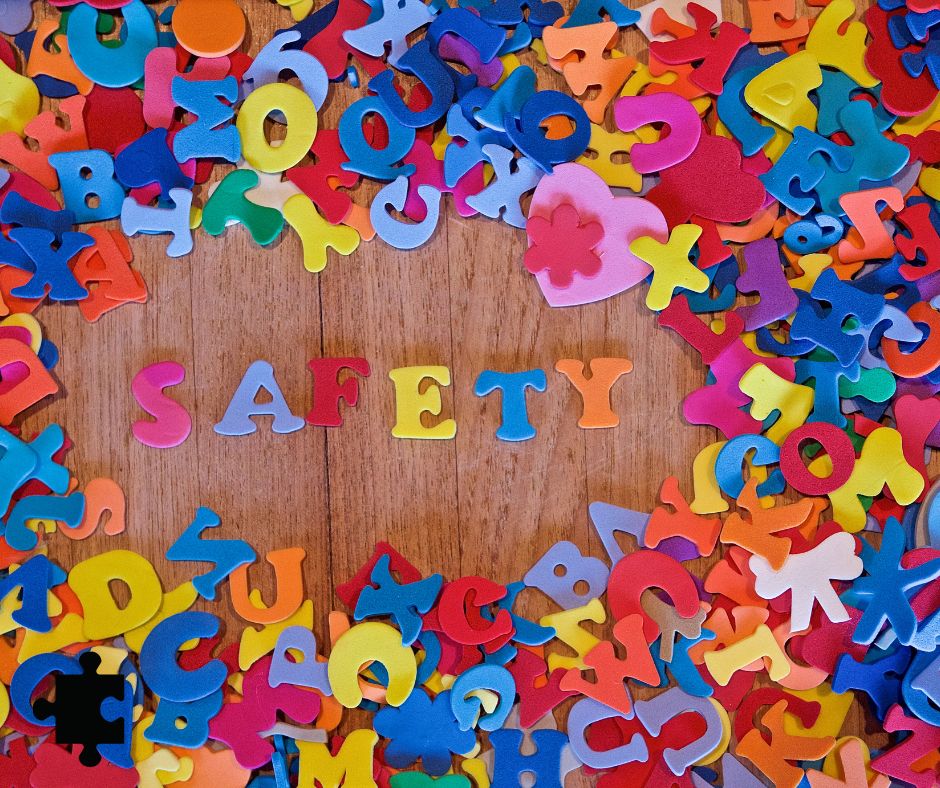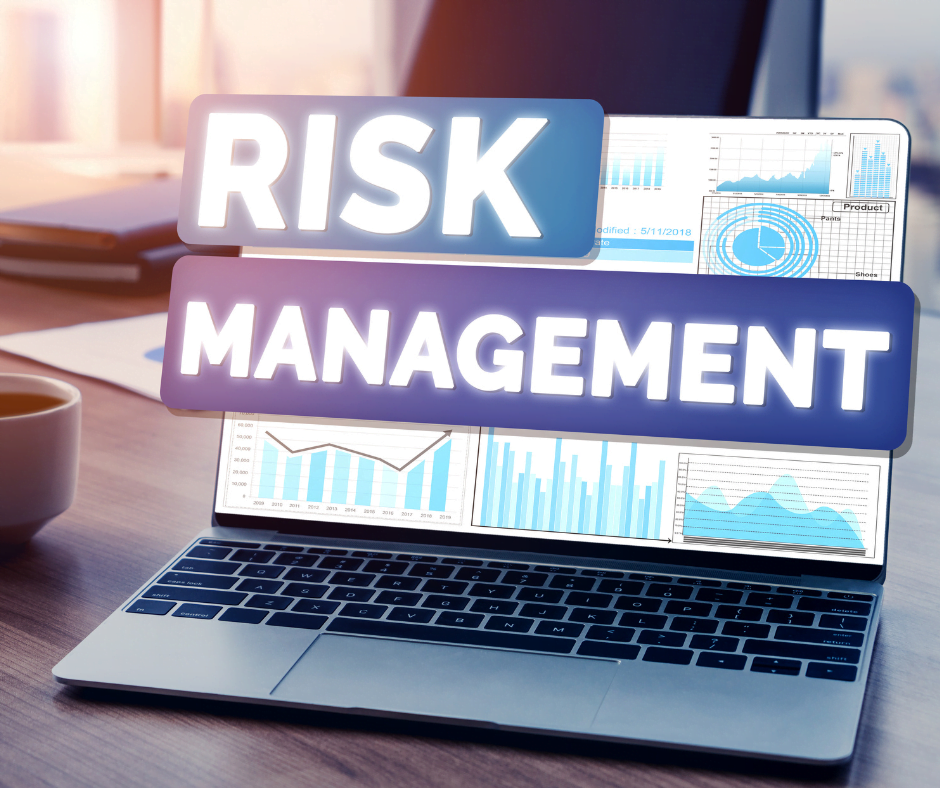
International Safe Places to Work Day
International Safe Places to Work Day is coming on July 24th. This is an annual event dedicated to celebrating organisations and individuals that eliminate fear
Lite with added extras
Includes ISO 9001 compliant document and asset management
Enterprise compliance
Everything you need in one fully integrated and configurable package
Our suite ISO Auditing modules and mobile apps, help businesses and organisations achieve compliance with ISO Standards.
Achieve ISO Certifications for your organisation, using our fully integrated ISO Auditing platform.
Health and Safety Software » Risk Assessment » Risk Assessment 101: Identifying, Evaluating, and Mitigating Risks

By implementing a systematic approach, organisations can proactively address potential threats and make educated decisions to minimise negative impacts. Outlined below is a step-by-step guide to risk assessment.
Identify Risks
Categorise Risks
Assess Probability
Assess Impact
Prioritise Risks
Develop Mitigation Strategies
Implement Controls
Monitor and Review
Risk assessment is an iterative process that requires continuous attention. Ensure that you regularly review and update your risk assessment to adapt to changing circumstances and new risks.
Arrange your demonstration
Let us show you how we can transform your compliance management
Choose a date and time for your demo (no obligation) and we will be in touch.

International Safe Places to Work Day is coming on July 24th. This is an annual event dedicated to celebrating organisations and individuals that eliminate fear

The Worker Protection Act is coming into effect for UK workplaces on October 27th, 2024. The Act’s objective is to encourage employers to be more

Workers spend a large portion of their day inside an office building, and the indoor air quality (IAQ) within the work environment has a direct